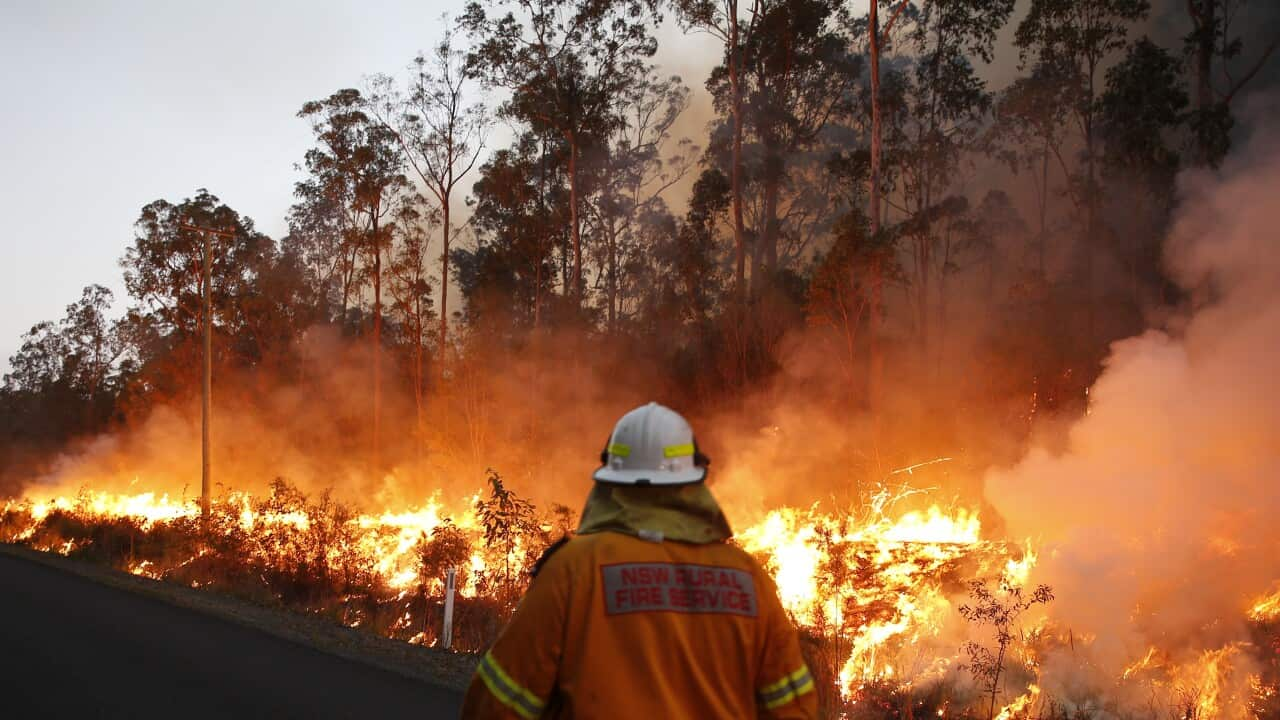Unlocking the Keys of Bushfire Danger Assessment: The Function of a BAL Report
Unlocking the Keys of Bushfire Danger Assessment: The Function of a BAL Report
Blog Article
How BAL Record Impacts Bush Fire Security Procedures
In the world of bush fire defense, the Structure Assault Degree (BAL) record stands as an essential tool that dramatically influences the security and durability of residential or commercial properties in fire-prone locations - BAL Report. The influence of a BAL assessment extends far past plain paperwork; it serves as the keystone for establishing the suitable building and construction standards and fire protection measures needed to mitigate the dangers presented by bushfires. As neighborhoods come to grips with progressively extreme fire periods, understanding how the BAL record forms these safety actions ends up being vital for homeowners, home builders, and policymakers alike
Recognizing the Bushfire Attack Level

Relevance of BAL Report Assessment

Furthermore, the BAL report evaluation acts as a foundational action in adhering to lawful commitments and requirements connected to bushfire protection. Local councils and authorities often mandate the entry of a BAL report as part of the planning and building approval procedure to guarantee that residential properties are effectively safeguarded versus bushfire risks. Stopping working to perform a thorough BAL record evaluation can result in insufficient defense steps, leaving homes susceptible to ruining bushfire events.
Building And Construction Requirements Based on BAL
An extensive understanding of the Bushfire Assault Level (BAL) allows home proprietors to execute construction requirements tailored to their certain threat account. Construction standards based on BAL are important in minimizing the effect of bushfires on homes. The BAL ranking classifies the prospective threat a property deals with throughout a bushfire visit on a scale from BAL-Low to BAL-FZ (Fire Area)
Carrying Out Fire Defense Steps
With the structure of construction requirements based on Bushfire Strike Degree (BAL) in location, the focus now shifts towards the sensible execution of fire protection steps to fortify residential or commercial properties against bushfire threats. Easy actions include using fireproof building materials, installing cinder guards on vents, sealing spaces in roofings and wall surfaces, and preserving a clear space around the property free from combustible greenery. By incorporating both passive and active techniques, residential or commercial properties can dramatically decrease their susceptability to bushfire incidents and increase the safety of occupants.
Shielding Houses Against Bushfires
Efficiently protecting homes against the devastating impacts of bushfires calls for a detailed and aggressive technique to fire defense measures. Additionally, sealing vents and spaces to avoid ember breach, as well as incorporating fire-resistant doors and home windows, can assist fortify the home's protection against bushfires. By accepting a proactive position and incorporating these safety procedures, home owners can considerably boost their opportunities of protecting their homes against bushfires.
Final Thought
To conclude, the Bushfire Strike Degree (BAL) record plays a crucial role in determining the essential security steps versus bushfires. By assessing the BAL, construction standards can be tailored to alleviate the risks and make certain the security of homes in fire-prone locations. Carrying out fire defense steps based upon the BAL report is necessary in protecting residential or commercial properties from possible bushfire threats. It is crucial for property owners to focus on BAL analyses and comply with recommended building and construction requirements to boost bushfire durability.
In evaluating bushfire risk to homes, comprehending the Bushfire Strike Level (BAL) is an important component for carrying out effective security steps. Generally, a clear understanding of the Bushfire Attack Level is essential for executing adequate security measures go to website and mitigating the impact read the article of bushfires on buildings.

Report this page